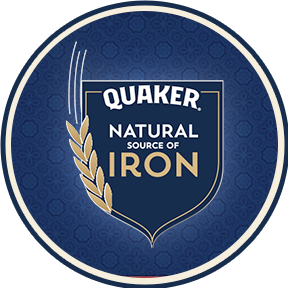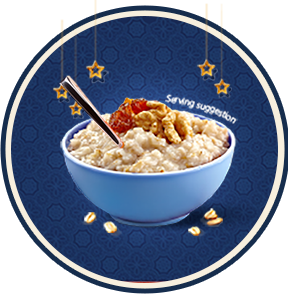Iron For Immunity


Quaker Oats,
Your natural source of iron
Our diet plays an important role in supporting our immune system. By ensuring we consume adequate foods that contain nutrients to support our immunity, we can reduce our risk of getting sick and help us recover quickly if we were to get ill. Keeping your immune system strong is very important to your overall health and well-being.


